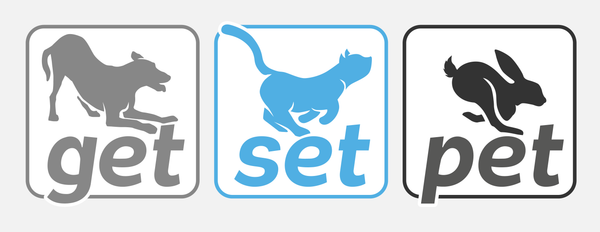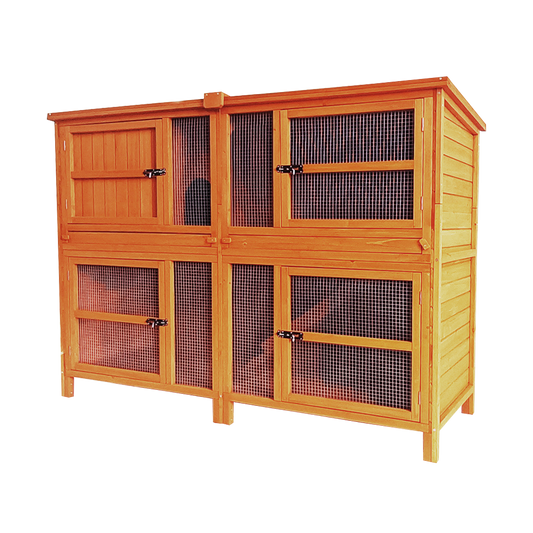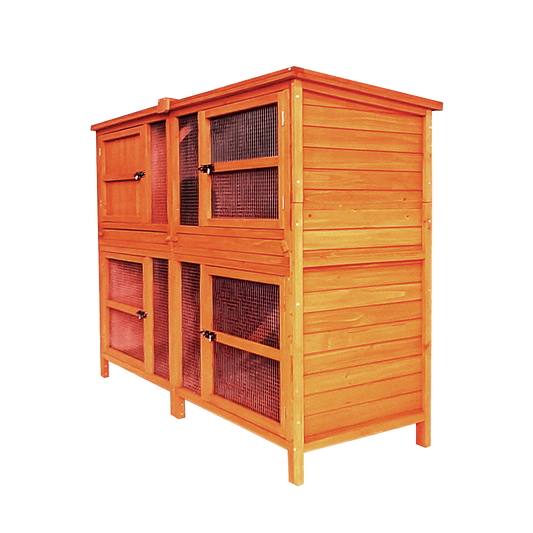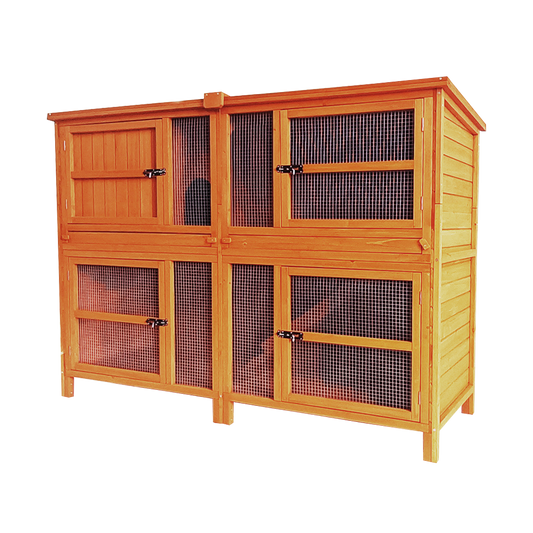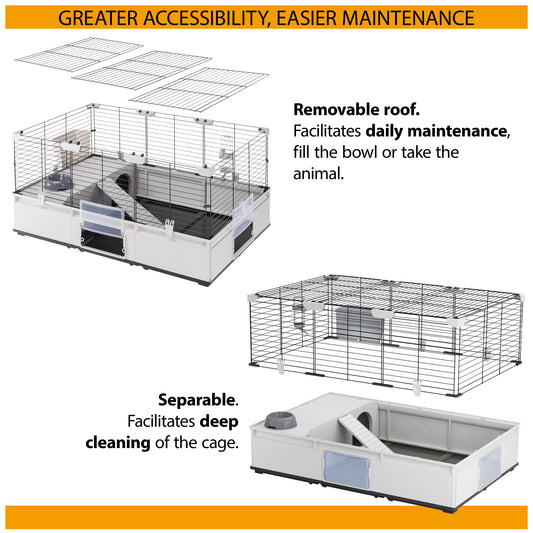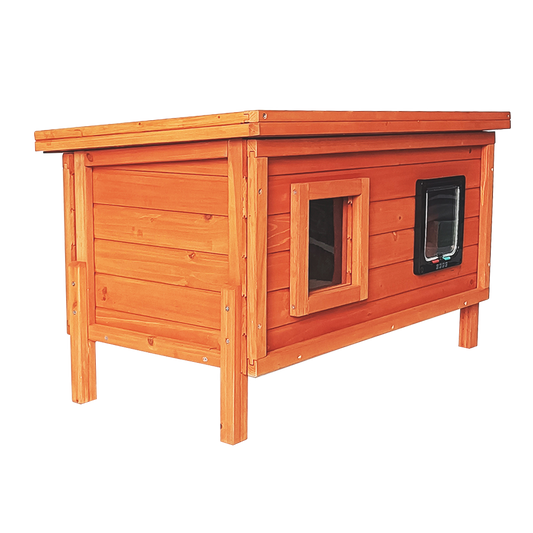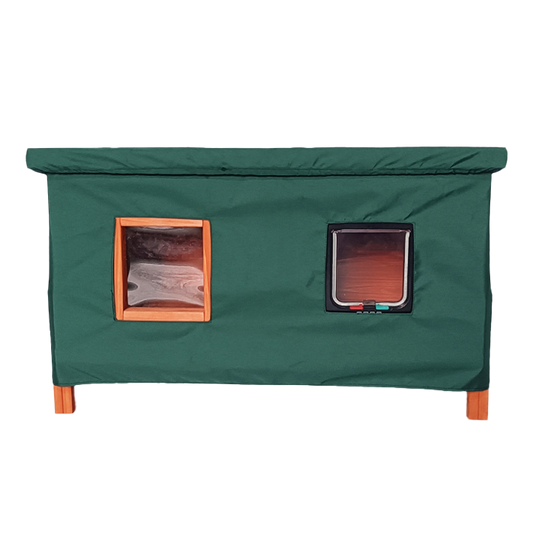Just as important as finding the right dog food is feeding the correct amount. Too much or too little of even the best dog food available can quickly lead to problems so care should be taken to find just the right amount for your dog.
Trial and error
The key to finding the optimal feeding amount for any particular dog is trial and error. Energy requirements vary widely from one dog to another depending on all sorts of factors like activity, lifestage, breed, whether or not the dog has been neutered, genetics and even how high you have your central heating.
Start with the manufacturer’s suggested feeding amounts for your dog’s weight. You should be able to find these on the packaging or on the company website. Your vet will be able to tell you your dog's weight or you can stand on the scales whilst carrying your dog to calculate it at home.
What to look for
Once your dog is settled on to the dog food, you can start fine-tuning the feeding amount to get it just right. The factors to look for are…

- Weight
As you might expect, your dog’s body weight is generally the best way to gauge whether or not you’re feeding the correct amount. Compare your dog's body shape to the dogs pictured above. Most breeds are at their ideal weight when you can feel, but not easily see, the last two or three ribs and when there is an easily identifiable waist line when looking down from above. Excessive weight gain can be really harmful to dogs so if you notice your dog gaining a few too many pounds it’s important to reign it in as soon as possible. Start by reducing the daily feeding amount by 5-10% and see what effect it has over the next 2-3 weeks. If, after that time, the weight still isn’t dropping, try reducing by another 5-10%. You will need to continue reducing the amount of dog food until the weight starts to slowly come down towards the ideal level. We’ll give lots more tips on feeding dogs that are prone to weight gain in a forthcoming article.
On the other hand, if your dog is getting a bit too ribby you will want to start to gradually increase the feeding amounts until gradual weight gain is achieved. Note though that dogs should be fairly slim and that being slightly ‘underweight’ is a lot less harmful than being overweight. If your sure your dog could benefit from weight gain, start by increasing the daily amount of food by 5-10% every 2-3 weeks until the weight starts to come back up. Another option is to change to a higher calorie diet but we’ll cover that in a future article.
- Poop
Occasionally, dogs fed too much do not gain too much weight but instead develop digestive problems most often in the form of loose stools or diarrhoea. Ironically, this can often cause weight loss, which leads many owners to increase feeding amounts even more creating a vicious circle. If your dog has persistent poop issues, try reducing the daily feeding amount by at least 30%-40% for a couple of days. If the digestive problems disappear during this time and then reappear when the feeding amount is raised back up, you may well be over-feeding so begin gradually reducing the amount of dog food your giving until the digestive problems go and stay away.
Naturally, if weight gain or loss becomes a serious issue for your dog or if the digestive problems don’t clear up after a week or so, be sure to consult your vet.
- NOT appetite
Appetite is never a good measure of a dog’s dietary needs. Most dogs, if left to their own devices, would eat a lot more than is healthy for them so just because your dog is hungry does not mean you need to feed more.
An ongoing process
Your dog’s dietary needs will change over time so be sure to keep checking his or her weight, poop and general condition regularly to see if any changes might be needed.
If you enjoyed this article, you may be interested in:
